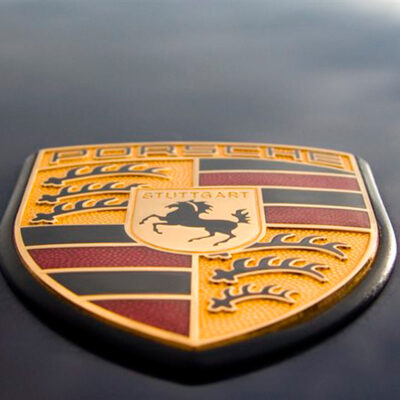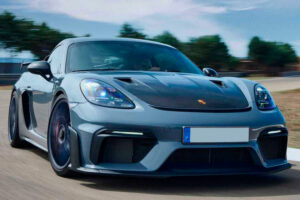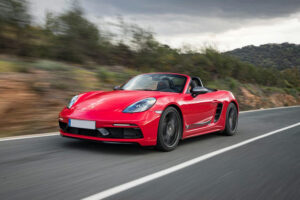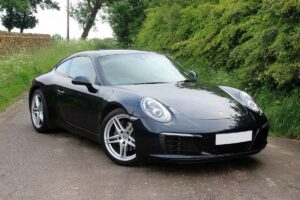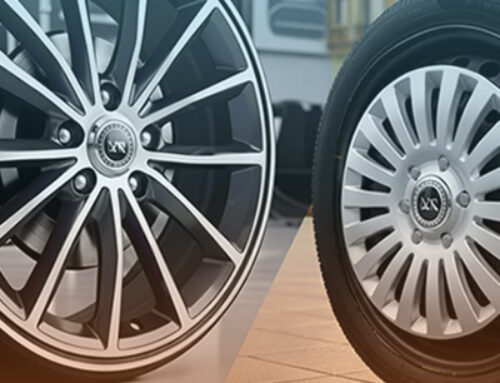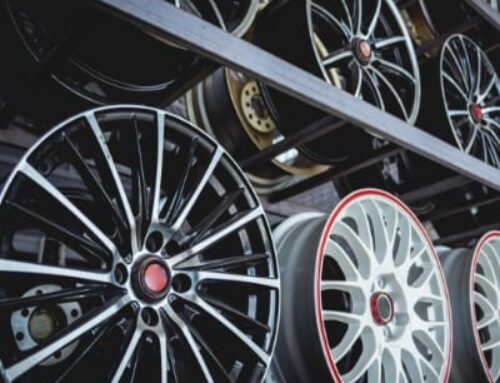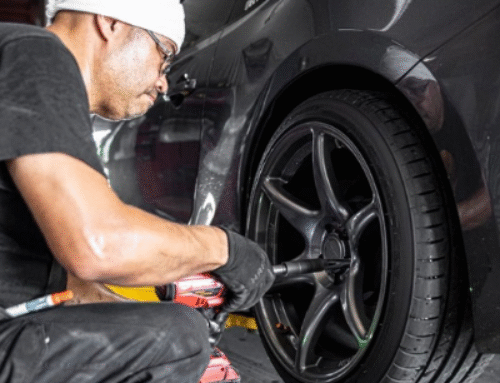Let’s talk about Porsche: The guide that will allow you to know its models.
In this complete guide to Porsche terminology and models, we dive into the legacy of a brand founded in Germany in 1931—now recognized as one of the most iconic and respected carmakers in the world. Known for their stylish design, thrilling performance, and lasting durability, Porsche vehicles are engineered for both high-speed highways and city streets alike.
You’ll uncover essential terms, technologies, and model insights that define what makes Porsche truly exceptional.
Porsche’s Terminology Explained:
If you’ve ever browsed Porsche specs or heard enthusiasts talk shop, you’ve likely come across some specialized vocabulary. Here’s a complete guide to Porsche terminology and models so you never feel lost again:
Air-Cooled
Until the late ’90s, Porsche’s legendary 911 featured air-cooled engines, which cooled engine oil using airflow rather than a water-based radiator. Porsche transitioned to water-cooled engines to improve performance, reliability, and emissions standards.
Boxer Engine
A horizontally-opposed internal combustion engine, also known as a “flat” engine. The boxer layout lowers the car’s center of gravity, improving handling. It’s more expensive to produce than a V-shaped engine, making it a hallmark of high-performance models.
Carrera
Originally used to commemorate Porsche’s victory in Mexico’s Carrera Panamericana during the 1950s, “Carrera” has since become synonymous with performance-driven models in the 911 family.
PDK (Porsche Doppelkupplung)
Translated as “Porsche double-clutch transmission,” PDK is renowned for its rapid gear changes. It’s standard on many high-performance models, including the Panamera and top-tier 911s.
RS
Short for “Rennsport,” meaning “racing sport” in German. RS-badged cars are purpose-built performance machines that combine track readiness with street-legal functionality.
Targa
A unique blend between coupe and convertible. The removable roof panel and fixed rear roll bar provide open-air freedom without compromising structure.
Tiptronic
Porsche’s semi-automatic transmission that allows for manual gear selection while retaining automatic operation.
Turbo
Once used exclusively to denote turbocharged engines, “Turbo” now represents a higher-performance variant within Porsche’s model line, especially as turbocharging becomes more standard.
Porsche Buying Guide: Choosing the Right Model
This complete guide to Porsche terminology and models wouldn’t be complete without exploring the brand’s current lineup. Whether you’re a first-time buyer or a lifelong fan, understanding each model’s features and engines is essential.
🏁 Porsche 718 Cayman
A two-door, two-seater coupe with a rear mid-engine layout. The Cayman delivers excellent handling, precise steering, and dynamic performance, making it one of the most rewarding sports cars to drive. The current generation debuted in 2016 and marked a controversial shift from flat-six to turbocharged flat-four engines.
Engine Options:
-
Turbocharged 2.0L boxer-four
-
Turbocharged 2.5L boxer-four
-
Naturally aspirated 4.0L boxer-six
Base MSRP: $60,500
🏁 Porsche 718 Boxster
Launched in 1997 as Porsche’s more accessible roadster, the 718 Boxster is essentially the Cayman with a convertible soft top. It shares identical powertrains and performance specs with a slight price premium. The GTS 4.0 and 718 Spyder offer even more driving excitement.
Engine Options:
-
Turbocharged 2.0L boxer-four
-
Turbocharged 2.5L boxer-four
-
Naturally aspirated 4.0L boxer-six
Base MSRP: $62,600
🏁 Porsche 911
The flagship model and the essence of Porsche DNA. The 911 is a rear-engined, two-door sports car available in multiple variants. The base 911 Carrera offers 379 hp and comes in coupe, cabriolet, and Targa versions. Higher trims like the 911 Turbo S push the envelope with 640 hp and 0–60 mph times of just 2.6 seconds.
The GT3 is a purist’s dream, featuring a naturally aspirated 4.0L engine and optional manual transmission for true driver engagement. The GTS variant strikes a balance between luxury, performance, and value.
Engine Options:
-
Twin-turbocharged 3.0L boxer-six
-
Twin-turbocharged 3.8L boxer-six
-
Naturally aspirated 4.0L boxer-six
Base MSRP: $101,200
Source: https://www.gearpatrol.com/cars/a580749/porsche-models/
Frequently Asked Questions (FAQ)
✅ What makes Porsche cars so unique?
➡️ Porsche combines racing heritage, elegant design, and advanced technology, delivering a unique blend of performance and everyday drivability.
✅ Is Porsche worth the investment?
➡️ Absolutely. Thanks to long-term reliability, strong resale value, and unmatched engineering, Porsche models are considered top-tier luxury sports cars.
✅ Which Porsche is best for beginners?
➡️ The 718 Cayman and Boxster are ideal entry-level models that offer thrilling performance at an accessible price.
✅ Should I choose a manual or PDK transmission?
➡️ PDK offers faster, track-optimized shifting. Manual is preferred by purists who value engagement and driving feel. It’s a matter of personal preference.
✅ What’s the difference between Carrera and Turbo?
➡️ Carrera models offer great performance for daily use. Turbo versions take it to the next level with supercar-level speed and handling.
Looking for more Porsche insights?
Discover additional models, specs, and recommendations in Part 2 of our Porsche guide: Let’s talk about Porsche: The guide that will allow you to know its models. (Part 2). Keep exploring to find the perfect match for your driving passion.
Whether you’re exploring the roots of Porsche terminology or looking to buy your first model, there’s no denying the brand’s rich heritage and superior engineering. From the mid-engine balance of the 718 to the iconic power of the 911 Turbo, Porsche delivers a driving experience like no other.
Drive with purpose. Drive a Porsche.

